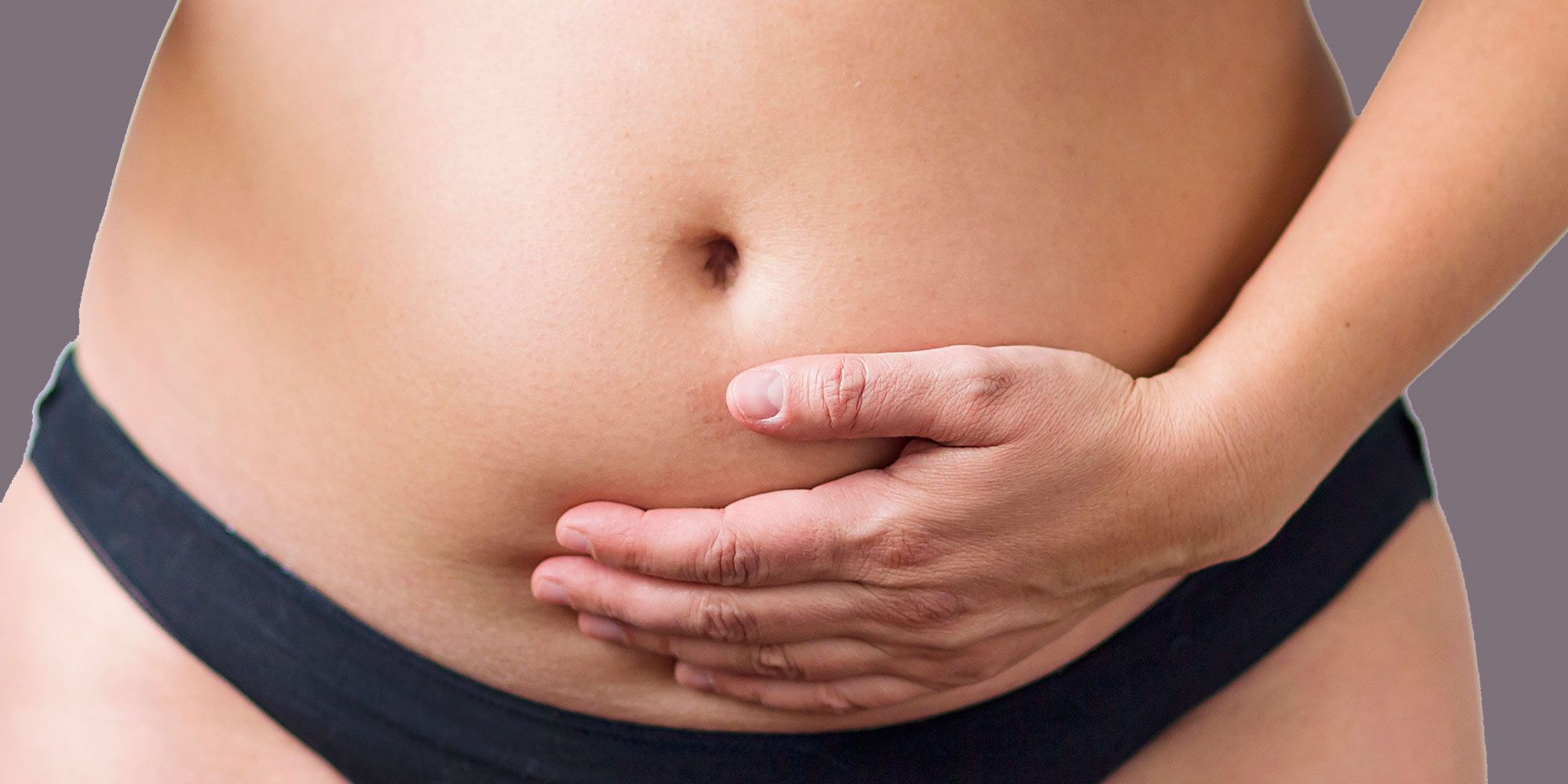It is well known that excessive amounts of fat on the body can cause a myriad of health issues. Too much fat on the body can lead to disease and sickness. Nearly 40% of Americans are overweight and nearly 30% are obese. These numbers are not good on an individual level and a societal level. It places a huge burden on the medical system and a financial burden upon the people. The implications of excess fat have a range of health and societal impacts.

One of the benefits of being born in the age of technology and medical advancement is that we are able to undergo procedures such as liposuction.
Before considering such a medical procedure you must consider the factors involved with it.
Liposuction, often referred to as lipo, is a plastic surgery procedure in which fat is removed from certain areas of the body. In the United States, liposuction is one of the most common procedures. Liposuction can be a pricey procedure so it’s best to take in all considerations. A thin tube is used to vacuum fat out of certain areas of your body performed under anesthesia.
The fat cells are removed permanently during liposuction. But you can gain weight back, with new fat cells, which usually go to different areas of your body.
To keep your new shape after surgery, follow a diet that includes lots of lean protein, fruits and vegetables, whole grains, and low-fat dairy. And exercise regularly.
Liposuction is particularly effective at removing fat in the legs, abdomen, back, arms, face, and neck. It provides more dramatic results than other noninvasive fat reduction procedures, however, it has a longer recovery period (up to six weeks) and typically costs more than its nonsurgical counterparts.
Most patients lose two to five pounds in total. The best candidates, in fact, are generally within 30 percent of a healthy weight range and have localized fat pockets they would like to reduce.




